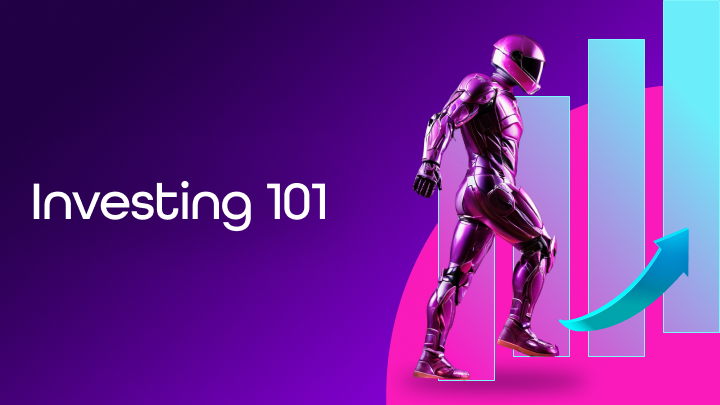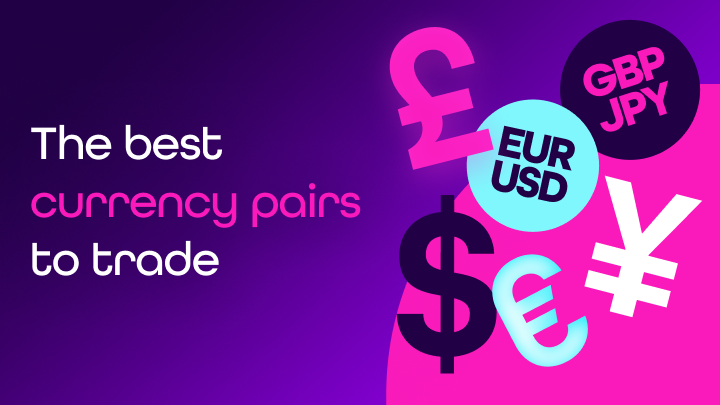How to start trading forex and avoid costly mistakes
Want to know how to do Forex trading and make money? Here’s your ultimate guide! 🔥 Forex (Foreign Exchange) is the largest financial market in the world, with trillions of dollars traded daily. If you’re excited about currency trading and the possibility of making profits online, you’re in the right place! Let's explore how to get started with Forex trading, even if you have a small budget.

What is forex and why should you care?
Forex is a global market where currencies are exchanged. It operates 24 hours a day, 5 days a week, from Monday to Friday. Here are some key advantages of Forex trading:
- Accessibility – You don’t need millions; you can start with a small capital.
- Liquidity – You can buy or sell anytime without waiting for a counterparty.
- Leverage – You can trade larger amounts than what you actually have in your account.
- Profit Potential on Both Sides – You can make money whether the market is rising or falling.
How to do the forex trading – step by step
📌 Step 1: Learn the basics
Before jumping into the market, you need to understand how Forex works. Here’s what you must know:
- Currency Pair – Every Forex trade involves two currencies. For example, EUR/USD means you’re buying euros and selling US dollars.
- Spread – The difference between the bid (selling price) and ask (buying price). The smaller the spread, the cheaper the trade.
- Pip – The smallest unit of price movement in a currency pair. For instance, if EUR/USD moves from 1.1100 to 1.1105, that’s a 5-pip movement.
- Lot – The standard trading volume:
- 1 lot = 100,000 units of currency.
- 0.1 lot (mini lot) = 10,000 units.
- 0.01 lot (micro lot) = 1,000 units.
- Leverage – A tool that allows you to trade larger amounts than your account balance. 1:30 leverage means that with just $1,000, you control $30,000. Be careful – leverage increases both profits and losses!
- Margin – The amount of money a broker locks in your account to keep a trade open. If the market moves against you, your trade might be closed automatically (margin call).
- Trading Platforms – The software you use to execute trades, analyze charts, and monitor the market. Popular options include MetaTrader 4 (MT4), MetaTrader 5 (MT5), and cTrader, offering advanced charting tools, automated trading, and customizable indicators.
💡 Fintokei Tip
If you want to understand price movements, start with technical analysis – it will help you predict market trends more effectively!
📌 Step 2: Choose your prop firm
You won’t make it to a funded account without picking the right prop firm. Choose one that actually helps you grow. Here’s what to look for:
✅ Fair rules and clear conditions
✅ Fast payouts
✅ Risk-free demo or training options
✅ Helpful and responsive support (bonus points if it’s in your language!)
✅ Real challenges that push your skills
📌 Step 3: Open a demo account and practice!
Before trading real money, you must practice on a demo trading account. This simulated trading environment gives you access to virtual money, allowing you to test strategies, practice technical analysis, and learn how the market works without any financial risk.
Why is a demo account important?
- Learn how to place orders, use indicators, and analyze charts.
- Test different trading strategies to see what works for you.
- Gain confidence in executing trades and understanding the platform.
- Understand key concepts like spreads, leverage, and risk management.
- Experience the emotional side of trading before putting real money at stake.
How to train effectively on a demo account?
- Treat it like real money – don’t take it as a game.
- Develop a trading plan and stick to it.
- Test your strategy over several weeks before going live.
- Keep a trading journal to track progress and avoid mistakes.
- Once you’re comfortable, switch to a real account but start with a small amount to experience real trading psychology.
📌 Step 4: Pick a trading strategy
You can’t trade successfully without a solid strategy. Here are three common approaches
- Scalping – Very short-term trades aiming for small profits on quick price moves.
- Day Trading – Opening and closing trades within the same day.
- Swing Trading – Holding trades for several days or weeks to capture larger price movements.
💡 Tip: Not sure which strategy fits you? Check out our strategy guide.
📌 Step 5: Risk management
Successful Forex trading isn’t just about making money – it’s about protecting your capital. Follow these risk management rules:
- Never risk more than 1–2% of your account per trade.
- Always use a stop-loss to limit potential losses.
- Avoid gambling – stick to your trading plan.
💡 Fintokei Tip
The smaller your account, the stricter your risk management should be – you don’t want to blow up your balance after just a few trades!
What to avoid as a beginner?
- Trading without a plan – You need a clear strategy and money management rules.
- Listening to “gurus” promising quick riches – Focus on learning and real market experience.
- Ignoring psychology – Don’t let emotions control your trading decisions.
💡 Fintokei Tip
If you’re just starting out, set a daily loss limit. If you reach it, take a break and analyze your mistakes. You can also read 3 biggest mistakes of beginner traders.
How to trade forex like a pro?
Want to level up your trading skills? Here’s what to do next:
- Follow the economic calendar – News events move the market (e.g., central bank decisions).
- Analyze your trades – Keep a journal and learn from mistakes.
- Keep learning – Read trading books, watch webinars, and learn from experienced traders.
💡 Fintokei Tip
💡 Tip: Great traders don’t make the most trades – they make the best decisions.
Summary: How to start trading forex?
- Learn the basics and understand how the market works.
- Choose a broker and open a demo account for practice.
- Pick a strategy and implement risk management rules.
- Be patient and analyze every trade – nobody becomes an expert overnight.
🚀 Forex trading is a marathon, not a sprint. But with patience and discipline, success is possible! Now that you know how to trade Forex, are you ready to get started?



